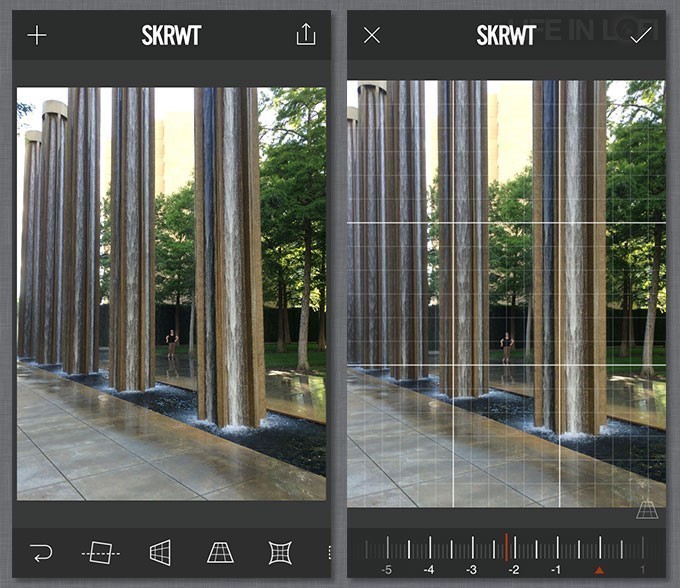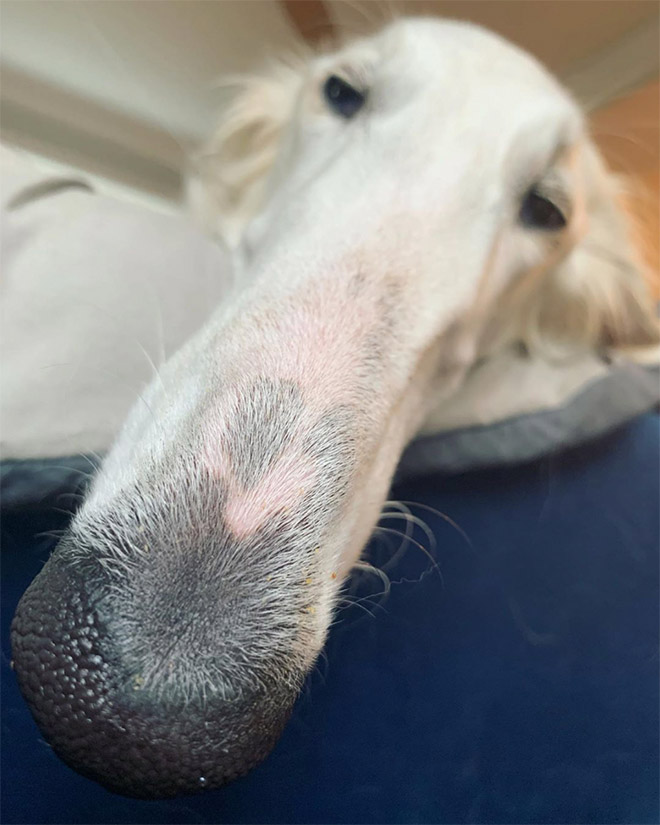

Camera lens distortion of face series#
Great ! So in this series of posts on camera calibration we started with geometry of image formation, then we performed camera calibration and discussed the basic theory involved we also discussed the mathematical model of a pin hole camera and finally we discussed lens distortion in this post. As we know that the above mathematical model representing the lens distortion, includes all the types of distortions, radial distortion, decentering distortion and thin prism distortion, thus the coefficients K_1 to K_6 represent the net radial distortion and P_1 and P_2 represent the net tangential distortion. The distCoeffs matrix returned by the calibrateCamera method give us the values of K_1, to K_6, which represent the radial distortion and P_1, P_2, which represent the tangential distortion. To consider these distortions in our camera model we modify the pinhole camera model as follows : So along with intrinsic and extrinsic parameters discussed in the previous post, we also have distortion coefficients (which mathematically represent the lens distortion), as additional intrinsic parameters. We mathematically model the distortion effect based on the lens properties and combine it with the pinhole camera model that is explained in the previous post of this series.

When we try to estimate the 3D points of the real world from an image, we need to consider these distortion effects. Representing the lens distortion mathematically Now if you were asked to find the height of the right door, which two points would you consider ? Things become even more difficult when you are performing SLAM or making some augmented reality application with cameras having high distortion effect in the image. You can relate figure 3 with figure 1 and say that it is a barrel distortion effect, a type of radial distortion effect. The above figure is an example of distortion effect that a lens can introduce. Note how the edges of the wall and doors are curved due to distortion. Nothing comes for free!įigure 3 : Image showing the distortion effect. The problem is solved? Right? Not so fast. This makes the image brighter.Īwesome! So we have bright and sharp, focused image using a lens. A lens allows larger number of rays to pass through the hole and because of its optical properties it can also focus them on the screen. We replace the pinhole by a lens thus increasing the size of the aperture through which light rays can pass. How do we get a sharp image but at the same time capture more light rays to make the image bright? This leads to a bright image with only a small amount of noise. On the other hand, with a larger aperture, the image sensor receives more photons ( and hence more signal ). So, smaller the aperture of the pinhole camera, more focused is the image but, at the same time, darker and noisier it is. On the other hand, if we make the aperture size small, only a small number of photons hit the image sensor.

If we increase the size of the aperture, we know that rays from multiple points of the object would be incident on the same part of the screen creating a blurred image. To generate clear and sharp images the diameter of the aperture (hole) of a pinhole camera should be as small as possible. In this post we will answer the above questions. Have you ever wondered why we attach a lens to our cameras? Does it affect the transformation defining the projection of a 3D points to a corresponding pixel in an image? If yes, how do we model it mathematically? The model of image formation for any real world camera involves a lens.

The only time you use a pinhole camera is probably during an eclipse. The model we used was based on the pinhole camera model. In a previous post, we went over the geometry of image formation and learned how a point in 3D gets projected on to the image plane of a camera.


 0 kommentar(er)
0 kommentar(er)
